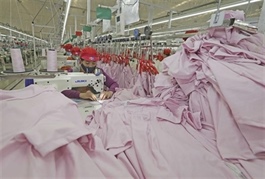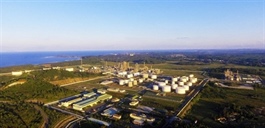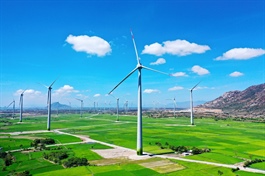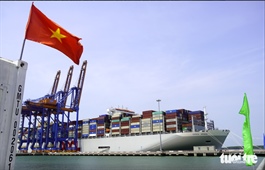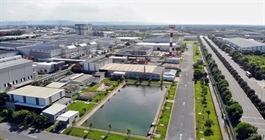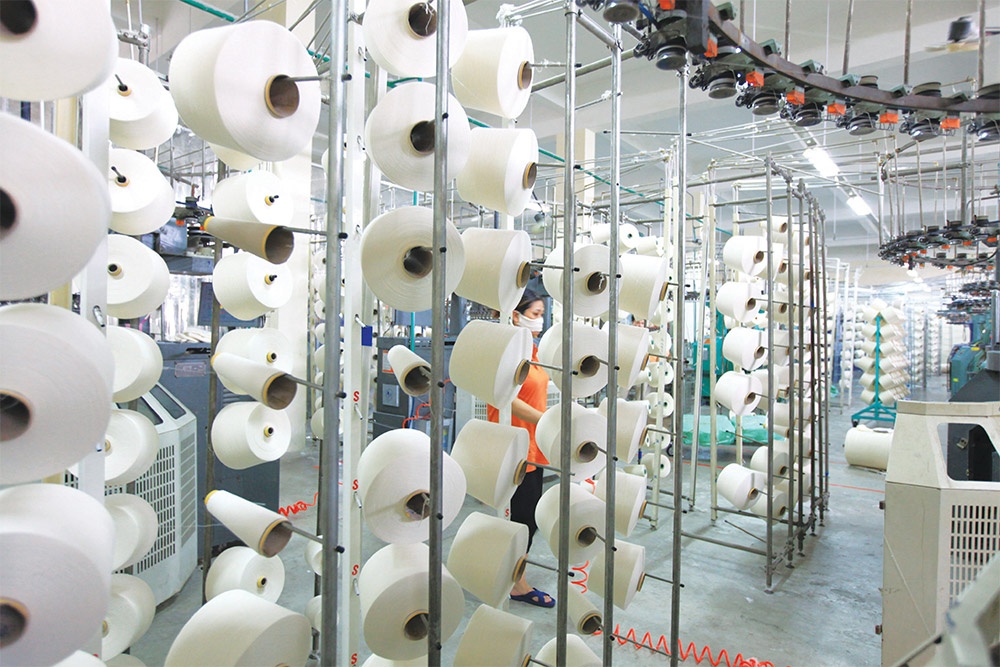Incentives needed to raise competitiveness of logistics industry: Insiders
Incentives needed to raise competitiveness of logistics industry: Insiders
The logistics industry has made big strides in recent times, significantly contributing to the country’s economic growth and generating a number of jobs.
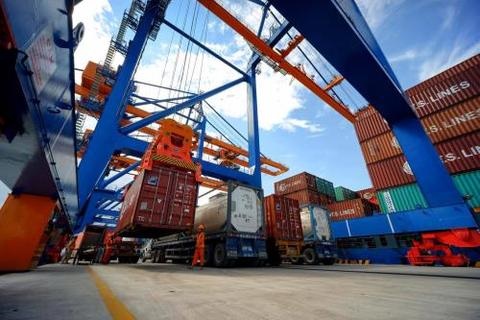
Containers being loaded at South Đình Vũ Port in Hải Phòng City. — VNA/VNS Photo |
In the World Bank rankings, Việt Nam currently ranks 64th out of 160 countries in terms of logistics development and fourth in Southeast Asia after Singapore, Malaysia and Thailand.
It was also among the top 10 in the 2023 Emerging Markets Logistics Index compiled by Agility, one of the world’s top freight forwarding and contract logistics providers.
Among Southeast Asian countries, it was fourth behind Malaysia, Indonesia and Thailand.
But Việt Nam’s logistics costs are equivalent to 16.8-17 per cent of its GDP, much higher than the global average of 10.6 per cent, weakening the competitiveness of its goods globally, chairman of the Việt Nam Logistics Association (VLA) Lê Duy Hiệp, said, pointing to limitations in infrastructure, seaport planning and connectivity between various means of transport.
The World Bank also said Việt Nam's logistics industry still shows many shortcomings in terms of capacity and the pace of digital transformation by businesses.
Although the Government has pushed ahead with a national logistics development strategy for until 2035 that integrates digital transformation, it requires greater efforts to boost the sector’s digitisation.
Besides, the railway network has yet to be fully tapped to serve trade with China and ASEAN member countries despite its great potential.
Given that, Hiệp suggested offering more incentives to help logistics firms bolster their competitiveness.
Deputy Minister of Planning and Investment Trần Duy Đông said the number of logistics businesses has increased rapidly to over 3,000.
The Government is trying to improve the investment environment, increase public spending, stimulate demand, and remove difficulties faced by manufacturers and exporters, he said.
Infrastructure is a key factor in the development of the logistics industry.
In the past two years many important highways and regional roads have been built.
Việt Nam's goal is to have 3,000km of highways by 2025 and 5,000km by 2030 besides coastal roads, ports and airports.
Đông said "These are necessary conditions for Việt Nam to develop the logistics industry. However, to achieve the goal of cutting logistics costs, improving the business environment and enhancing the competitiveness of the logistics industry amid the international economic integration and fourth industrial revolution, we still have much work to do."
With respect to the legal framework for the industry, specific policies expanding on guidelines have not been announced or there are overlaps, he said.
Transport and logistics infrastructure are not synchronised to create multimodal transport corridors though the need for high-quality transshipment of goods is growing, he said.
Việt Nam also lacks centralised logistics areas in strategic locations connected with ports, airports, national highways, or production facilities, a significant hurdle to the development of the logistics industry, he said.
"The current question is how to take advantage of the opportunity to turn logistics into an important economic sector, both meeting domestic needs and being internationally competitive, while keeping up with development trends. The global trend is green logistics to achieve sustainable development goals."
Minister of Industry and Trade Nguyễn Hồng Diên said to develop the logistics industry quickly the ministry would co-ordinate with other agencies, local authorities and businesses and industry associations to draft a development strategy for until 2035.
It would also co-ordinate with the Ministry of Transport and various localities to ensure co-ordination between traffic and logistics centre plans across the country, he said.
It would help provinces and cities, industry associations and businesses proactively plan to reduce congestion at ports and border gates, he said.
It will also promote links between logistics and production businesses and the role of the Việt Nam Logistics Forum.
Đông said the Government would improve the logistics infrastructure, review plans and ensure the synchronisation of infrastructure with transport services.
To develop human resources for logistics, authorities plan to accurately determine labour needs and develop occupational standards, he added.




